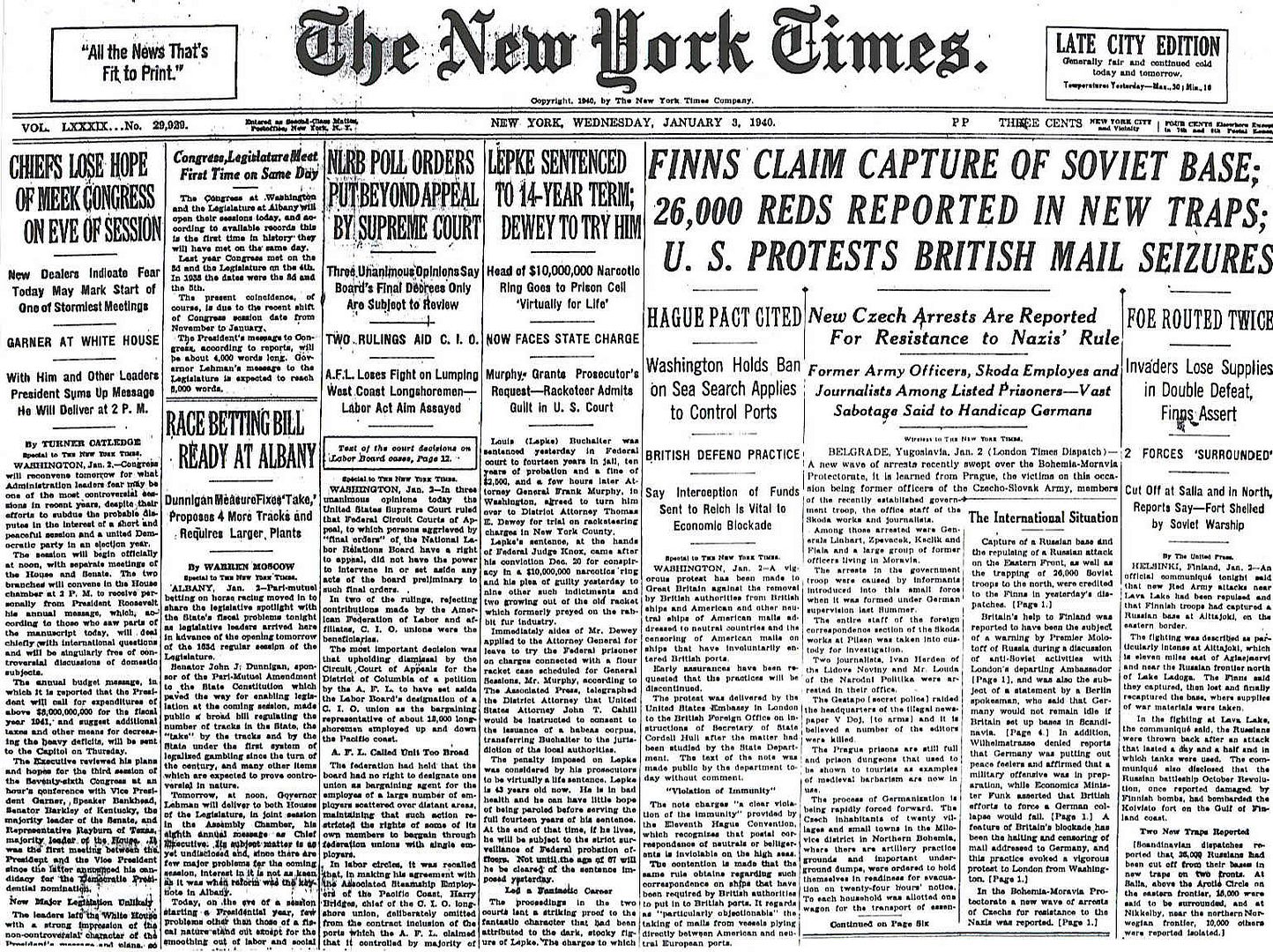
Posted on 01/03/2010 5:02:51 AM PST by Homer_J_Simpson

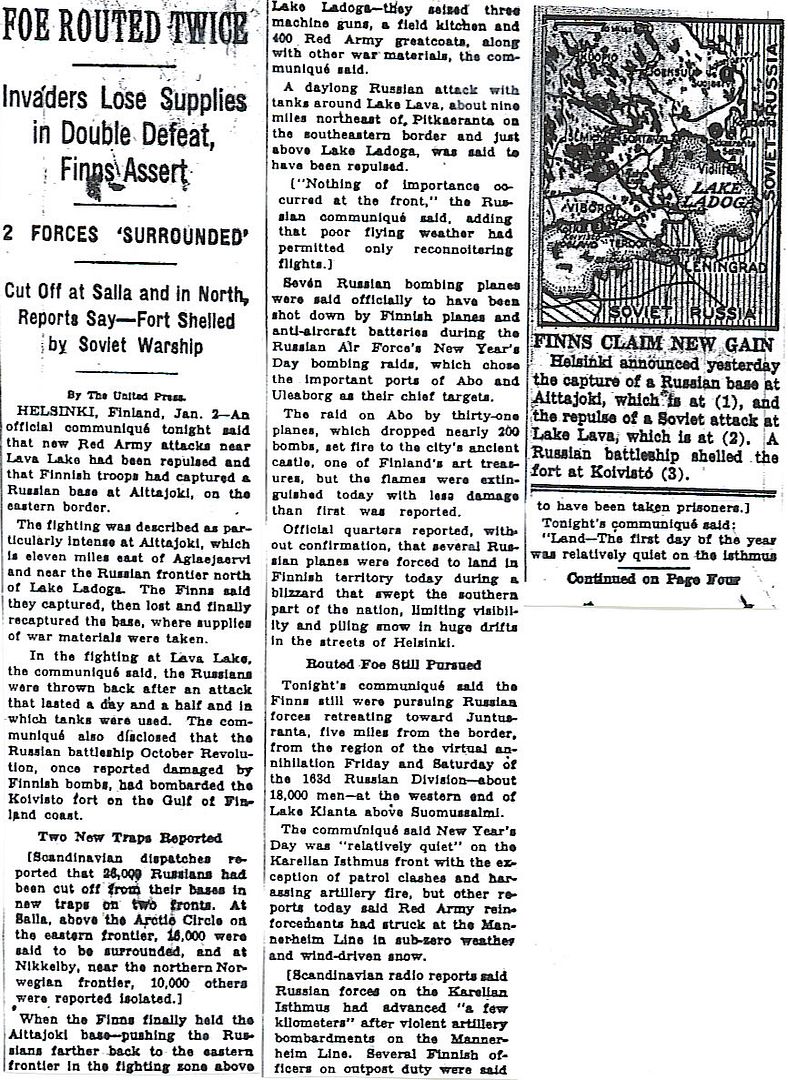
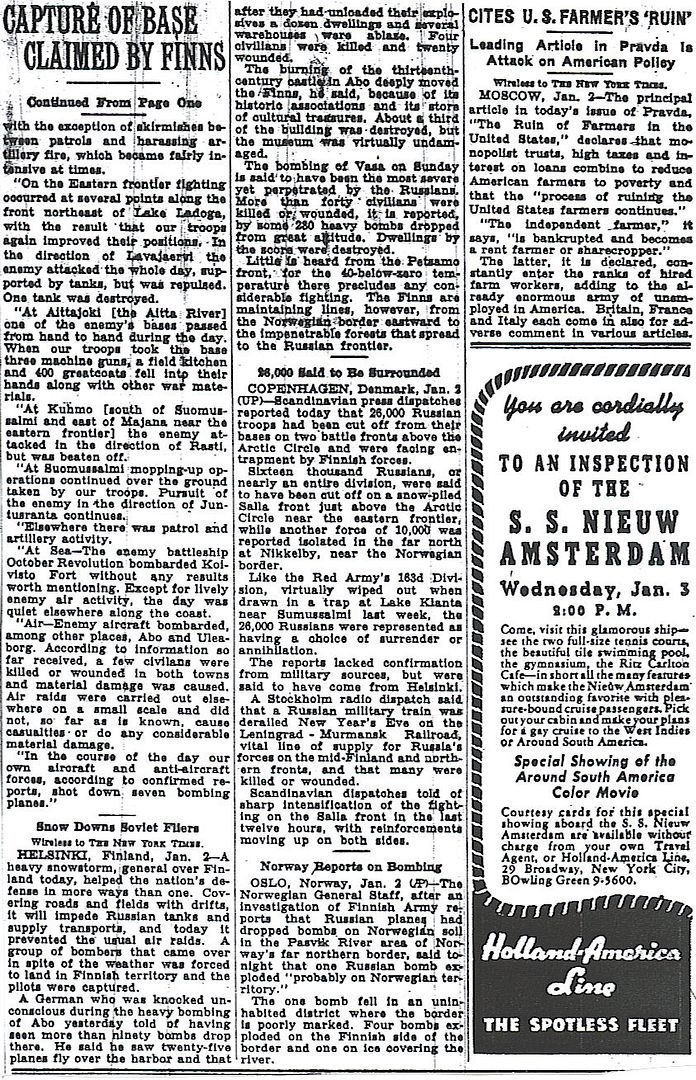
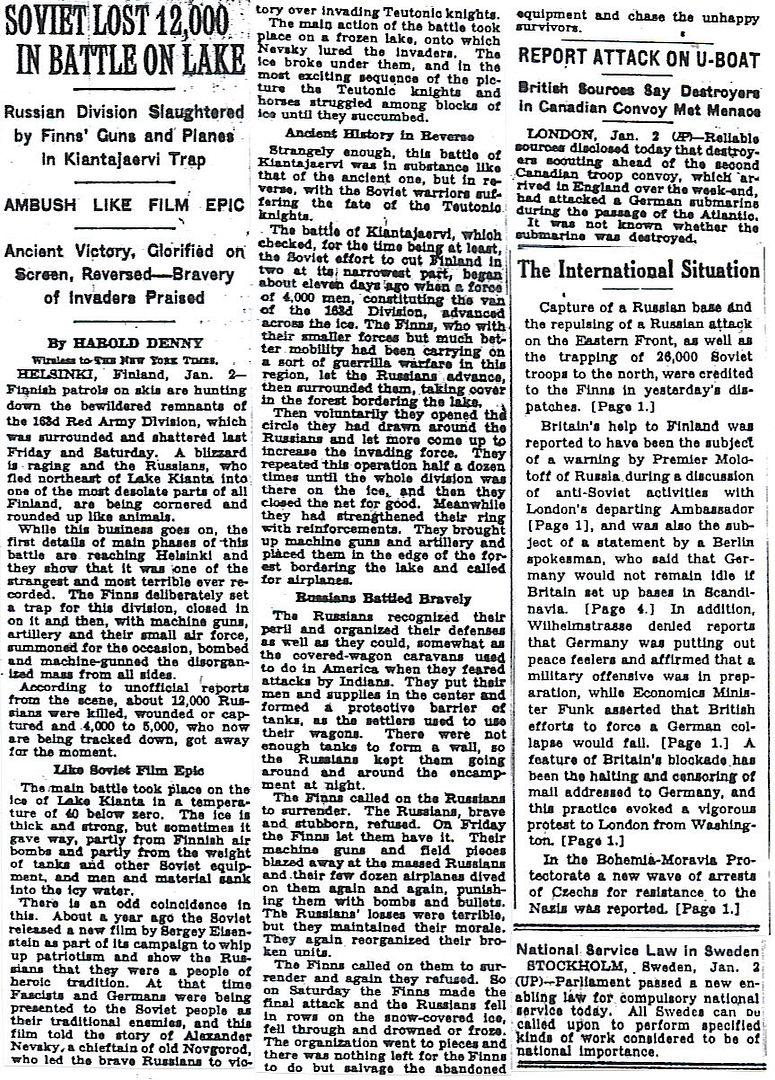
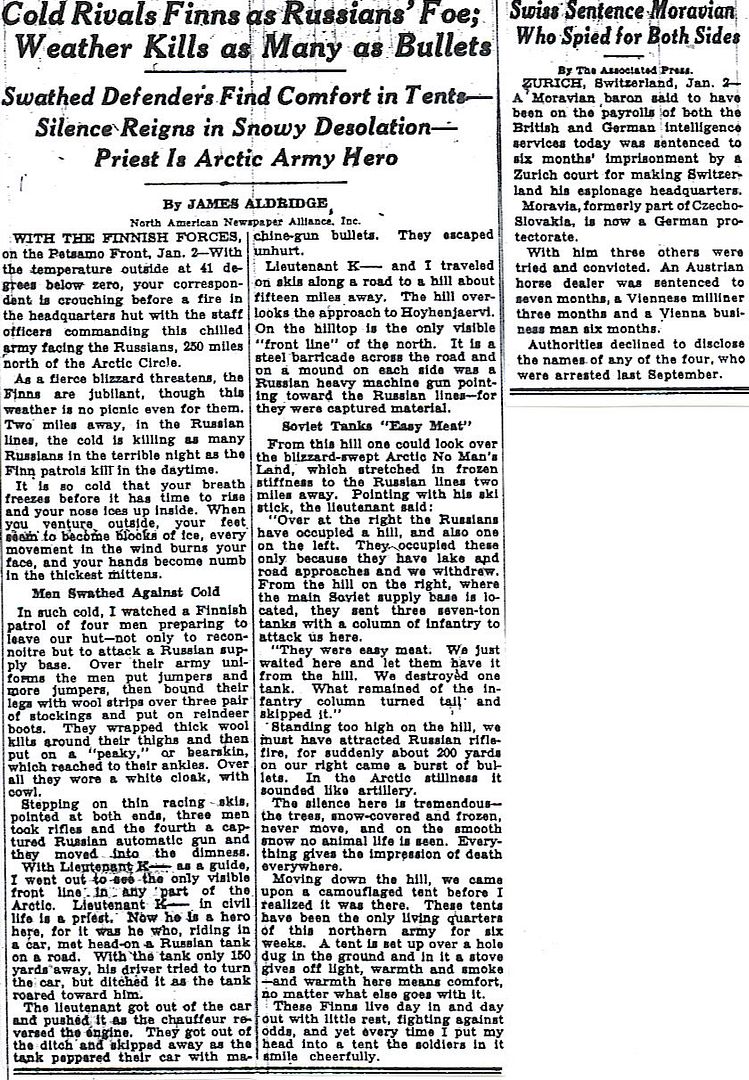
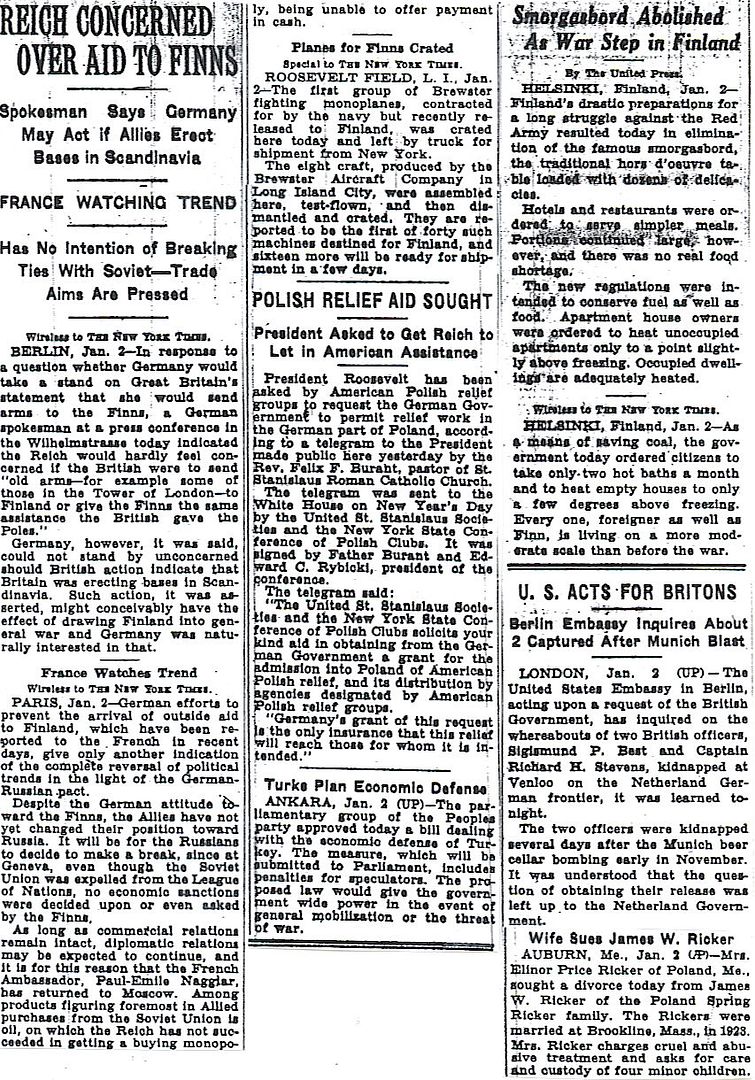
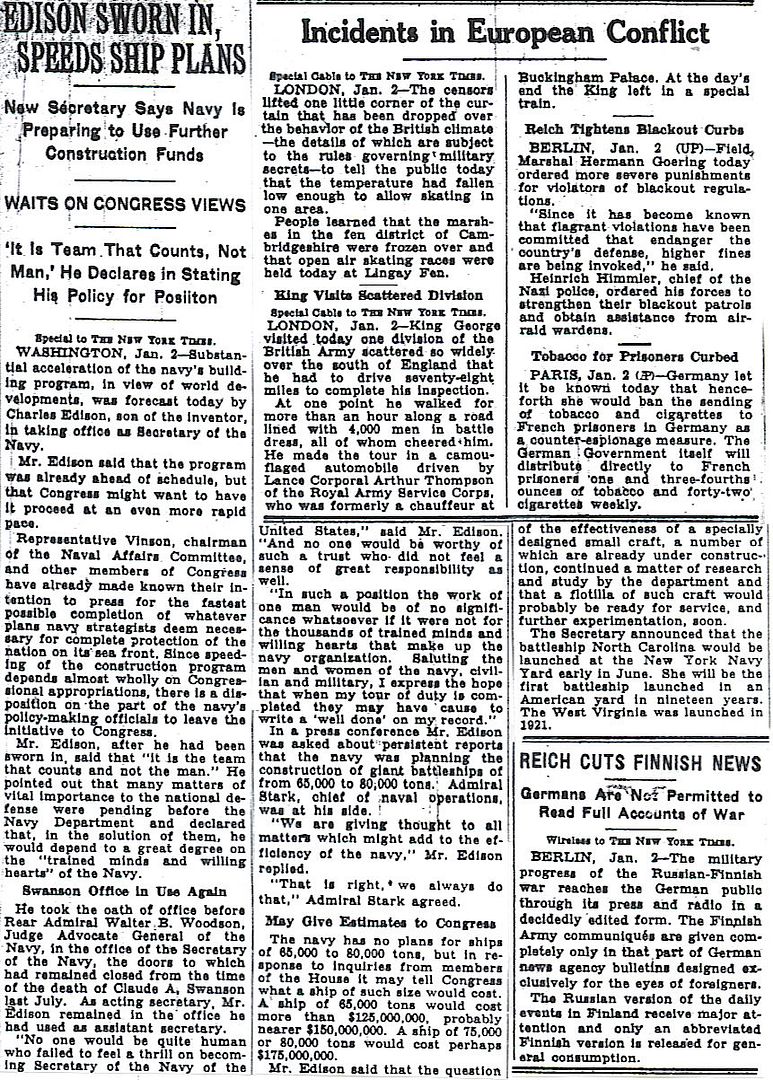
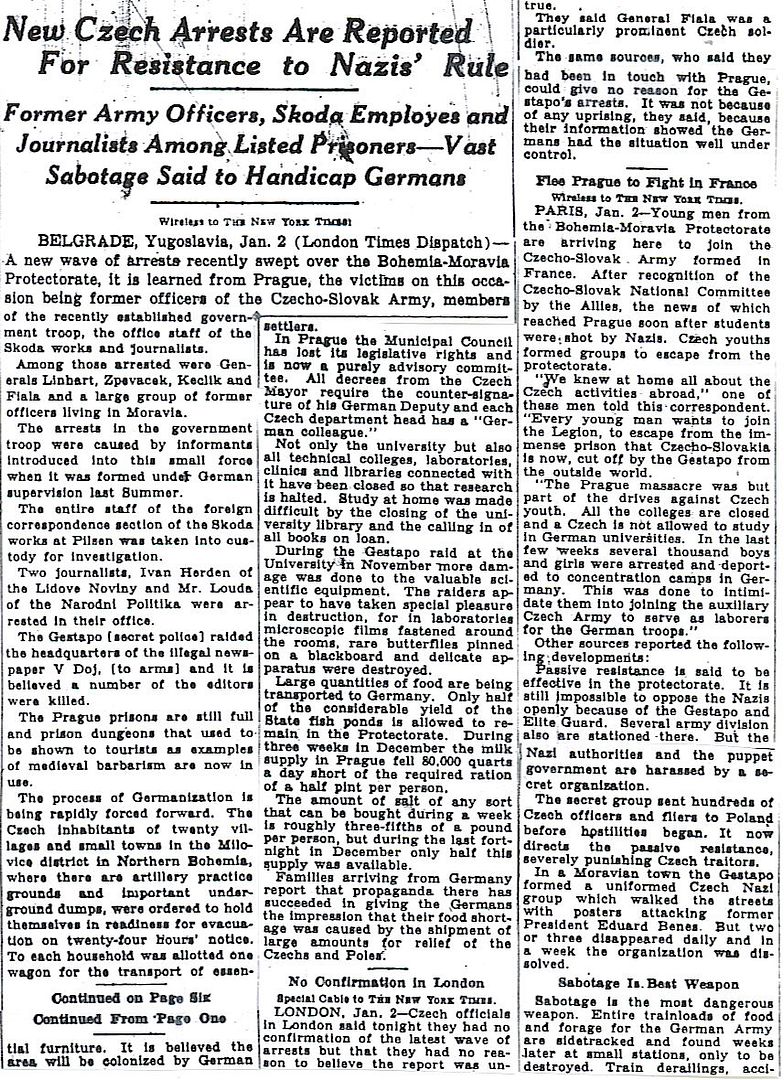
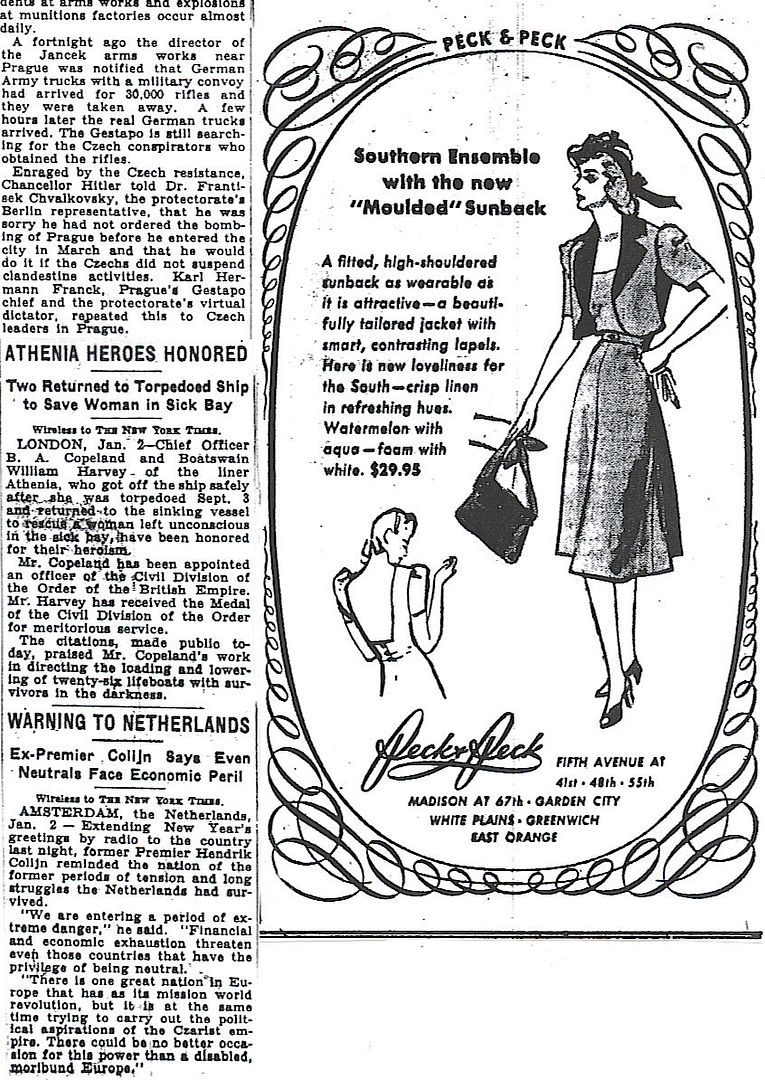
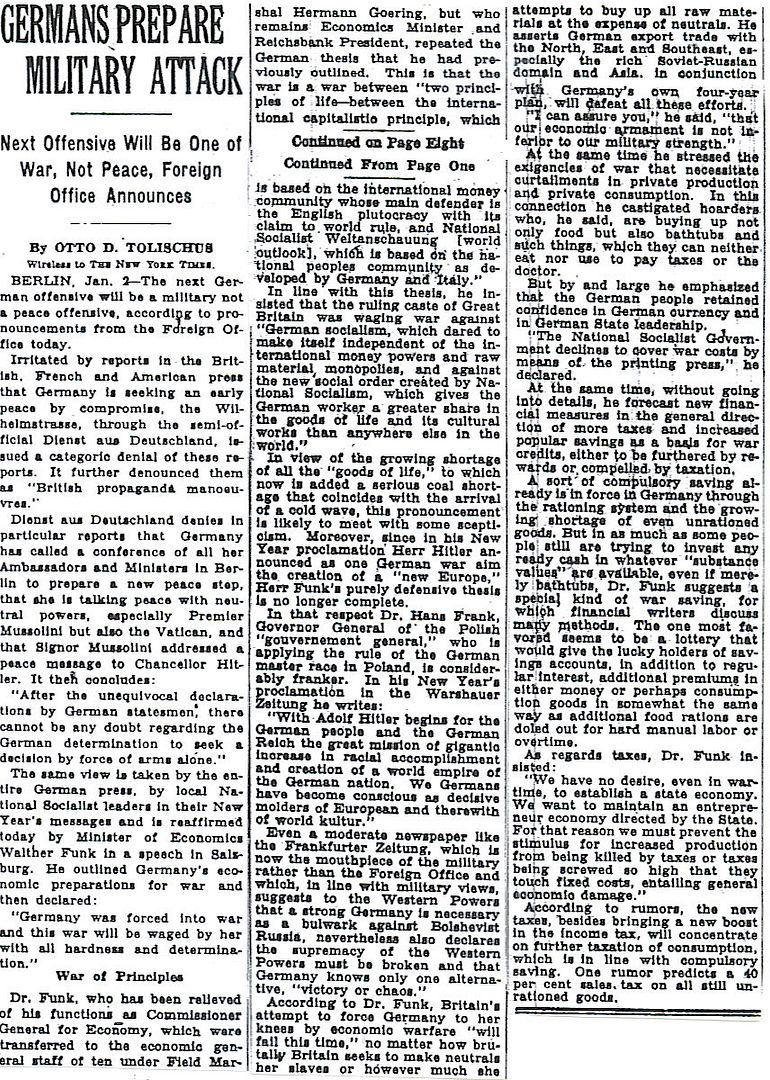
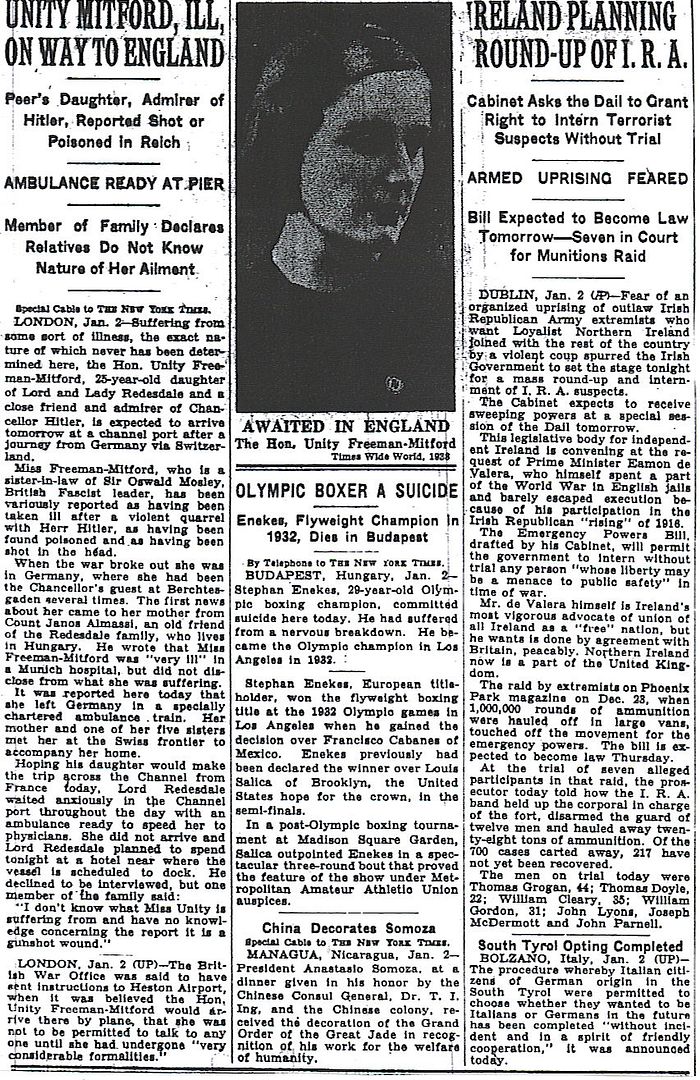
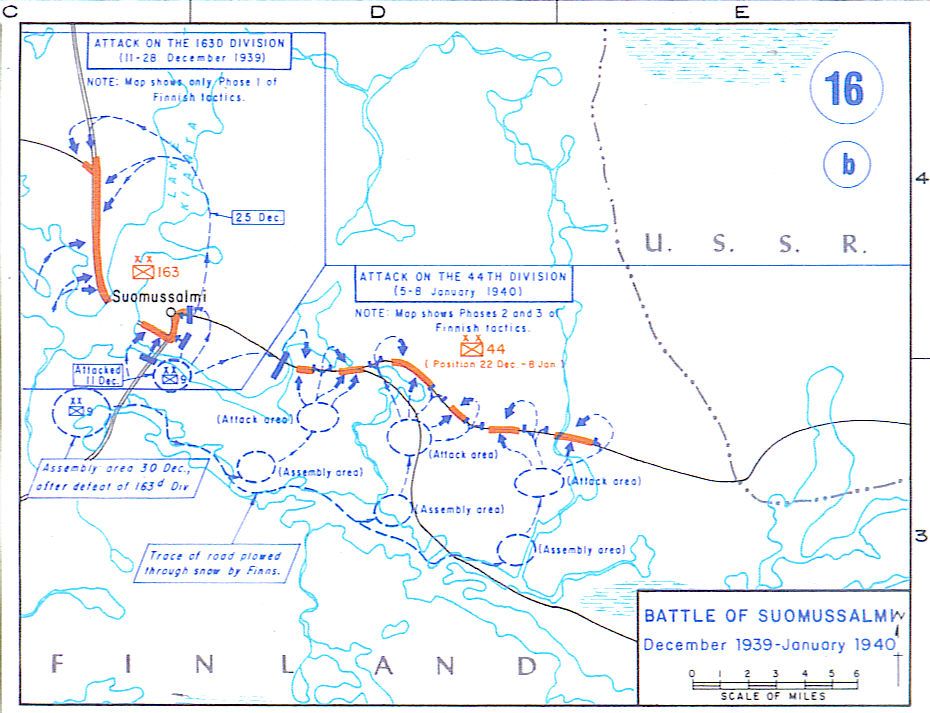
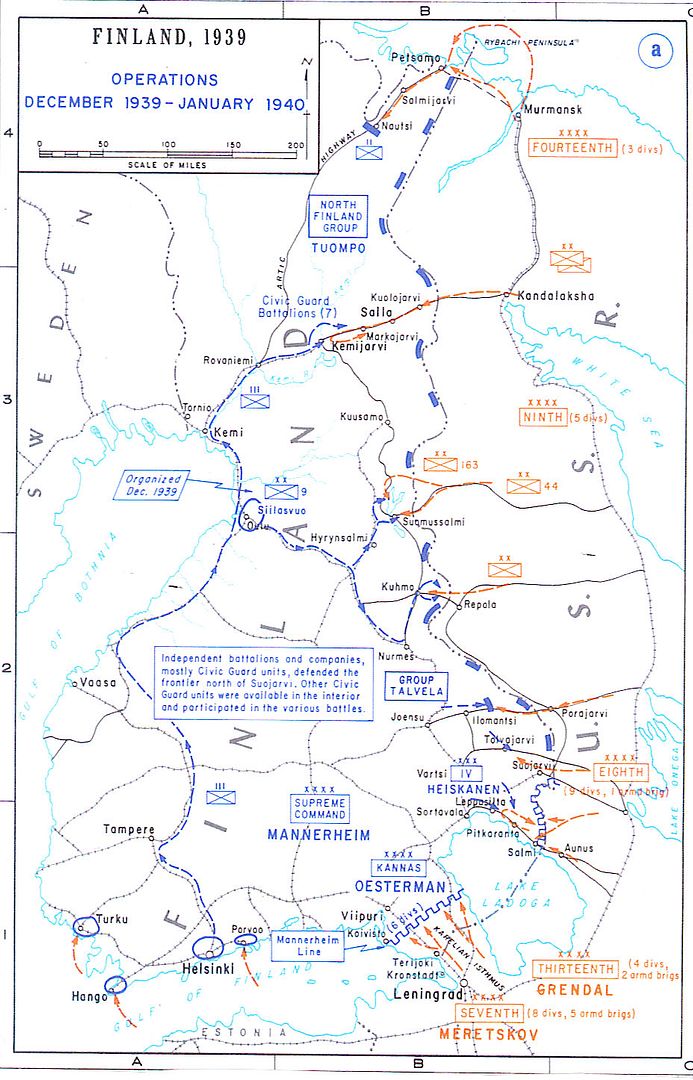
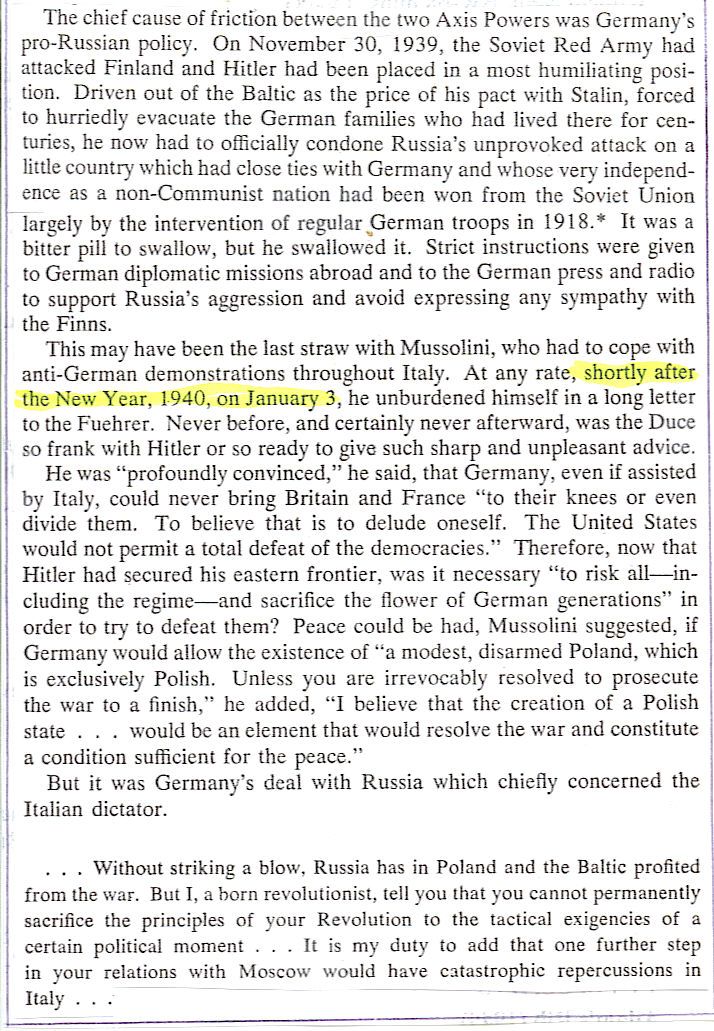
William L. Shirer, The Rise and Fall of the Third Reich
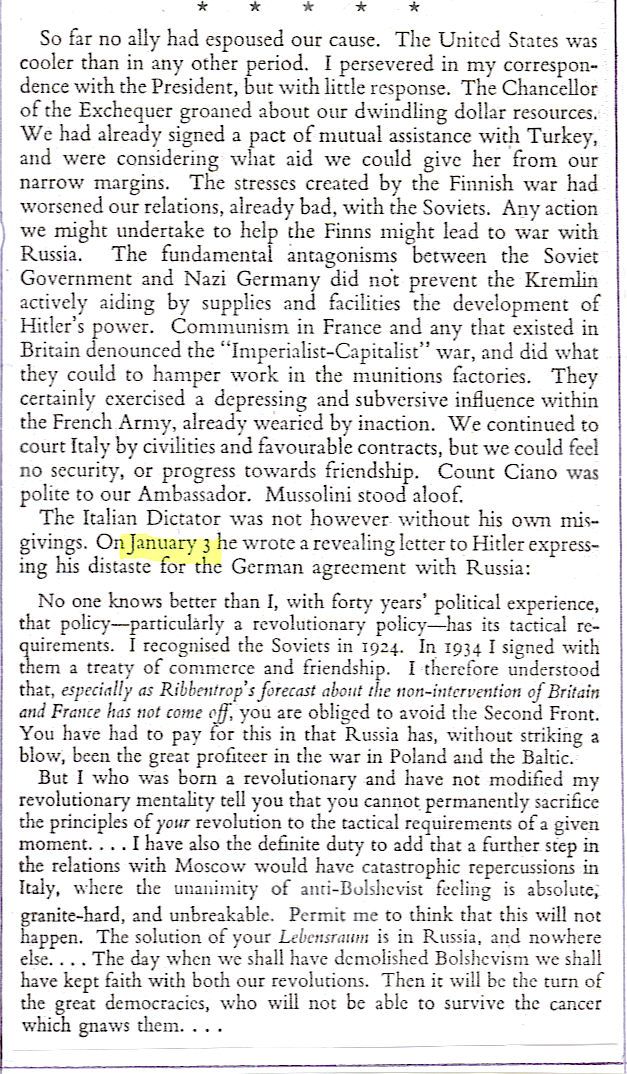
Winston S. Churchill, The Gathering Storm
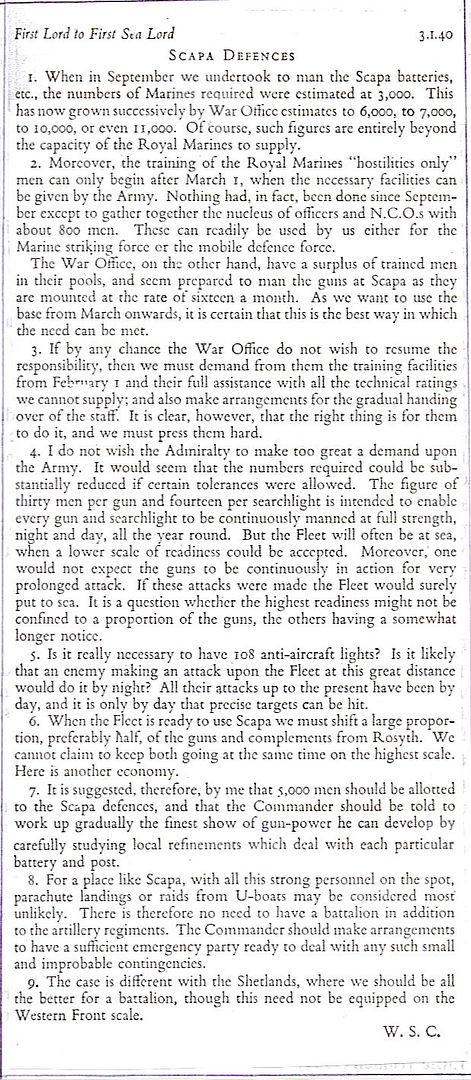
Winston S. Churchill, The Gathering Storm
http://www.onwar.com/chrono/1940/jan40/f03jan40.htm
Royal Navy seizes US ship
Wednesday, January 3, 1940 www.onwar.com
In the North Atlantic... British warships detain the American SS Mormacsun.
The Winter War... Finnish aircraft drop three million pamphlets on Leningrad. The Finnish government claims to have destroyed 400 Soviet tanks and brought down 150 Soviet planes since the fighting began.
On the Western Front... In the Vosges area, French patrols ambush two German detachments and take several prisoners.
In Washington... President Roosevelt requests $1.8 billion for national defense in his annual budget request to Congress.
In Berlin... A conciliatory letter from Mussolini transmitted to Hitler in an effort to offset the Italian condemnations of the Nazi-Soviet Pact. The Duce, however, maintains that “the solution of your Lebensraum is in Russia and not elsewhere.”
In Ireland... The Eire government introduces legislation to detain members of the Irish Republican Army (IRA) without trial.
http://homepage.ntlworld.com/andrew.etherington/month/thismonth/03.htm
January 3rd, 1940
UNITED KINGDOM:
Unity Mitford returns home via Switzerland after attempting suicide in the ‘Englischer Garten’ in Munich. She had gone to Germany when Nazism attracted many English admirers. Aged 24, she is a member of the family of Lord Redesdale. She became known as the ‘Storm Trooper Maiden’ in the ‘Osteria Bavaria’ restaurant in Munch after Hitler invited her to his table.
No. 10 Sqn. RAAF is assigned to No. 15 Group RAF Coastal Command. (Jack McKillop)
Submarine HMS Taku commissioned. (DS)
NORTH SEA: SS Svartön sunk by U-58 57.48N, 01.47W - Grid AN 1866. (DS)
GERMANY: U-143 and U-753 are laid down. (DS)
FINLAND: The government claims to have destroyed 400 Russian tanks and brought down 150 planes since the fighting began.
BALTIC SEA: Soviet submarine S-2 struck a mine at Märket and sinks. (DS)
SPAIN: Cadiz: U-25 becomes the first Axis submarine to take advantage of Spains’ offer to allow provisioning and refuelling in its ports. It ties up along the German freighter THALIA. After four hours of taking supplies off the merchant ship, U-25 returns to sea. (Russell Folsom)(206 p.118)
"In a press conference Mr. Edison was asked about persistent reports that the navy was planning the construction of giant battleships of from 65,000 to 80,000 tons. Admiral Stark, chief of naval operations, was at his side." 'We are giving thought to all matters which might add to the efficiency of the navy,' Mr. Edison replied.
" 'That is right. We always do that', Admiral Stark agreed.
May Give Estimates to Congress:
"The navy has no plans for ships of 65,000 to 80,000 tons, but in response to inquiries from members of the House it may tell Congress what a ship of such size would cost...
"...The Secretary announced that the battleship North Carolina would be launched at the New York Navy Yard early in June."
It can get a bit confusing, so here are the last battleships the United States ever built:
So the questions here by reporters are quite astute, and the answers by Edison & Stark a bit, well, misleading.
Another request for $1.3 billion more will come in a few months.
This compares to the previous 1938 request for approx. $500 million.
The war all told will cost the US neighborhood of $500 billion.
And that was cheap, compared to the relative costs, in blood and treasure, paid by such countries as the Soviet Union and Germany.
If there was ever a real chance for peace, it has now all but slipped away. President Roosevelt is calling for peace. Mussolini is calling for peace. The Pope is calling for peace. Unofficial peace feelers are coming from all directions.
But Britain's Chamberlain and Halifax insist that peace must begin with removing Hitler from power, and must include restoration of Versailles Peace Treaty terms. The first condition only a few Germans can even consider doing, and those few are not willing to accept the second condition.
Hitler has made his own decision:
"After the unequivocal declarations by German statesmen, there cannot be any doubt regarding the German determination to seek a decision by force of arms alone."
Relatively cheap, all right, but by 1945 the country was straining a bit. Here is an excerpt from "Flags of our Fathers," by James Brady. These sections (from ch. 15 and 16) discuss the bond tour organized around the surviving Mt. Surabachi flag raisers.
In the 1940's concept of American democracy, war expenses were considered outside the normal federal budget. A wartime government was obliged to take its case repeatedly before the citizenry, keeping it accurately informed and hoping for a patriotic volunteer response.
War bonds were the chief mechanism for this volunteer funding, esentially a citizen's loan to the government. Purchase of a bond, at the issue price of $18.75, gave the government temporary use of the buyer's money; the buyer in turn could expect a yield, in ten years, of $25. The government stimulated these purchases through periodic national puublic relations efforts known as War Loan Drives. Eac drive included newpaper and radio ads, direct mailing, and, as it centerpiece, a coast-to-coast barnstorming show featuring celebrities, war heroes, marching bands, and patriotic orators. These were known as Bond Tours.
[Snip]
Fourteen billion dollars, to be exact. That was the monetary goal set by Teasury for the Seventh Bond Tour. Seven billion from companies and businesses, and seven billion from individuals.
Fourteen billion: a sum equaling the highest goal of any of the eight bond drives of World War II. A sum larger than the government's expenditures in prewar 1941 and equaling a full quarter of its budget for fiscal 1946.
Fourteen billion to keep feeding, clothing, sheltering, and arming the millions of men and women still fighting World war II, and provide more planes, ships, and tanks for their effort. Fourteen billion for a war that was costing $250 million a day; $175,000 a minute; a war being waged mostly now against a Pacific enemy whose population was still replacing its armies' destruction rate of a quarter million men a year.
Fourteen billion to be solicited from a population of 160 millions: nearly one hundred dollars, on average, from every man, woman, and child in America. This in a country where an annaal income of seventeen hundred dollars comfortably supported a family of four; where a Harvard education cost a thousand dollars; where a hotel room in New York could be had for three dollars; where a good breakfast cost thirty-two cents.

Salla sector: in temperatures approaching -40° Celsius, four Finnish battalions begin a counterattack at Joutsijärvi designed to break the defences of the enemy division. Photo: SA-KUVA
Mine sinks Soviet submarine
Iowa Class:
Illinois (BB-65), an Iowa-class battleship under construction by Philadelphia Naval Shipyard, was canceled 12 August 1945.
The keel of Kentucky (BB-66), an Iowa-class battleship, was laid at Norfolk Navy Yard, Portsmouth, Va., 6 December 1944.
Construction was suspended 17 February 1947 when the battleship was 72.1 percent complete. Her name was struck from the Navy List 9 June 1958; and her uncompleted hulk was sold for scrapping to Boston Metals Co., Baltimore, Md., 31 October.
Montana Class:
(BB-67: dp. 60,500; l. 925’; b. 121’ 2”; a. 12 16”, 32 40mm; cl. Montana)
The name Montana was assigned to BB-67 on 28 December 1940; but construction of the Montana-class battleship by Philadelphia Navy Yard, Philadelphia, Pa., was canceled 21 July 1943, before her keel was laid.
A fourth Ohio, (BB-68), was authorized 19 July 1940, her construction assigned to the Philadelphia Navy Yard. Construction was canceled 21 July 1943.
(BB-69: dp. 60,500; l. 925’; b. 121’ 2”; a. 12 16”, 32 40mm.; cl. Montana)
The name Maine was assigned to BB-69 on 28 December 1940, but construction of the Montana-class battleship at the New York Navy Yard was canceled 21 July 1943.
Construction of New Hampshire (BB-70), a battleship to be built by New York Navy Yard, Brooklyn, N. Y., was canceled 21 July 1943.
Building of battleship Louisiana (BB-71), was authorized 19 July 1940, and assigned to the Norfolk Navy Yard, Portsmouth, Va.; but, before her keel was laid, construction was canceled 21 July 1943.
From DANFS.
"By January 1941, the design limit for the 58,000 ton (53,000 tonne) battleship plan had been reached, and consensus among those designing the battleship class was to increase the displacement to support the armor and weaponry on the ships. "
The word "displacement" can refer to more than one number. According to Wikipedia, Montana class "standard displacement" was set at 65,000 tons and "full load" at 71,000 tons. It also calls the "design limit" 58,000 tons.
For the Iowa class, we are given three weights: 45,000 tons standard, 52,000 tons mean war service, and 58,000 tons full load.
The reporters questioned here about a 65,000 to 80,000 ton battleship, which could only refer to the Montanas. These were presumably on the drawing boards by January 1940, so Edison and Stark were doing a bit more than just "giving thought" to such matters.
1940 study plan:

In the end, of course, the material and production capacity for these last five battleships was converted over to help build 24 Essex class aircraft carriers.
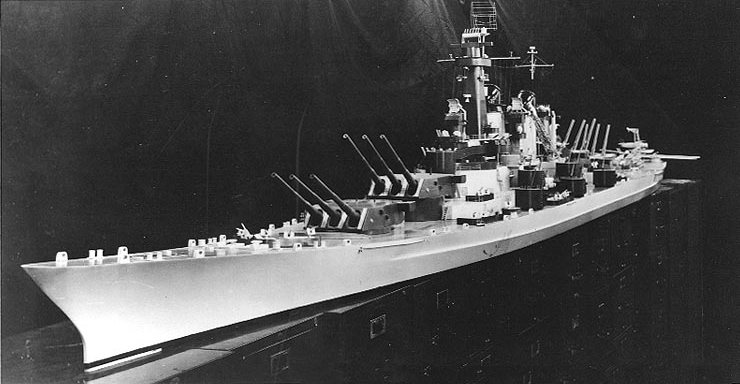
Wasn’t disagreeing with you, just supplementing your answer. And now you have supplemented mine.
Disclaimer: Opinions posted on Free Republic are those of the individual posters and do not necessarily represent the opinion of Free Republic or its management. All materials posted herein are protected by copyright law and the exemption for fair use of copyrighted works.